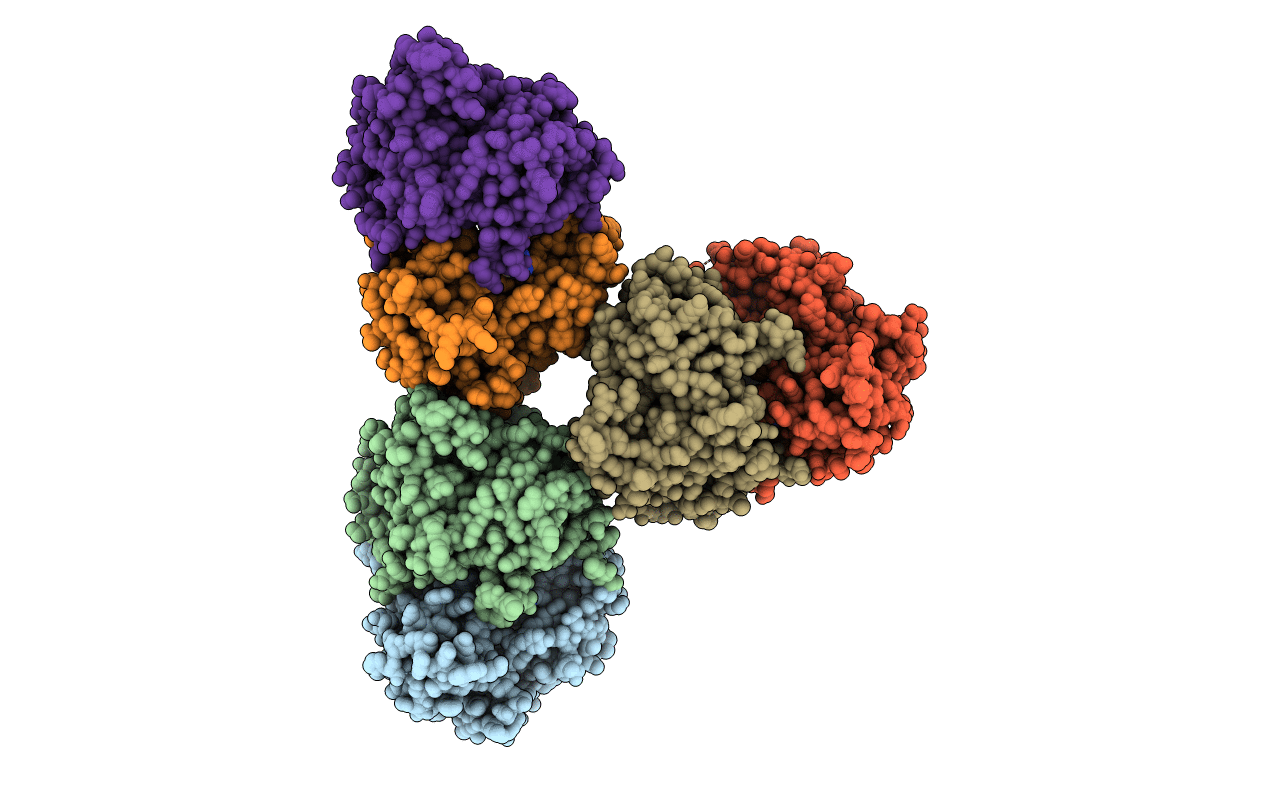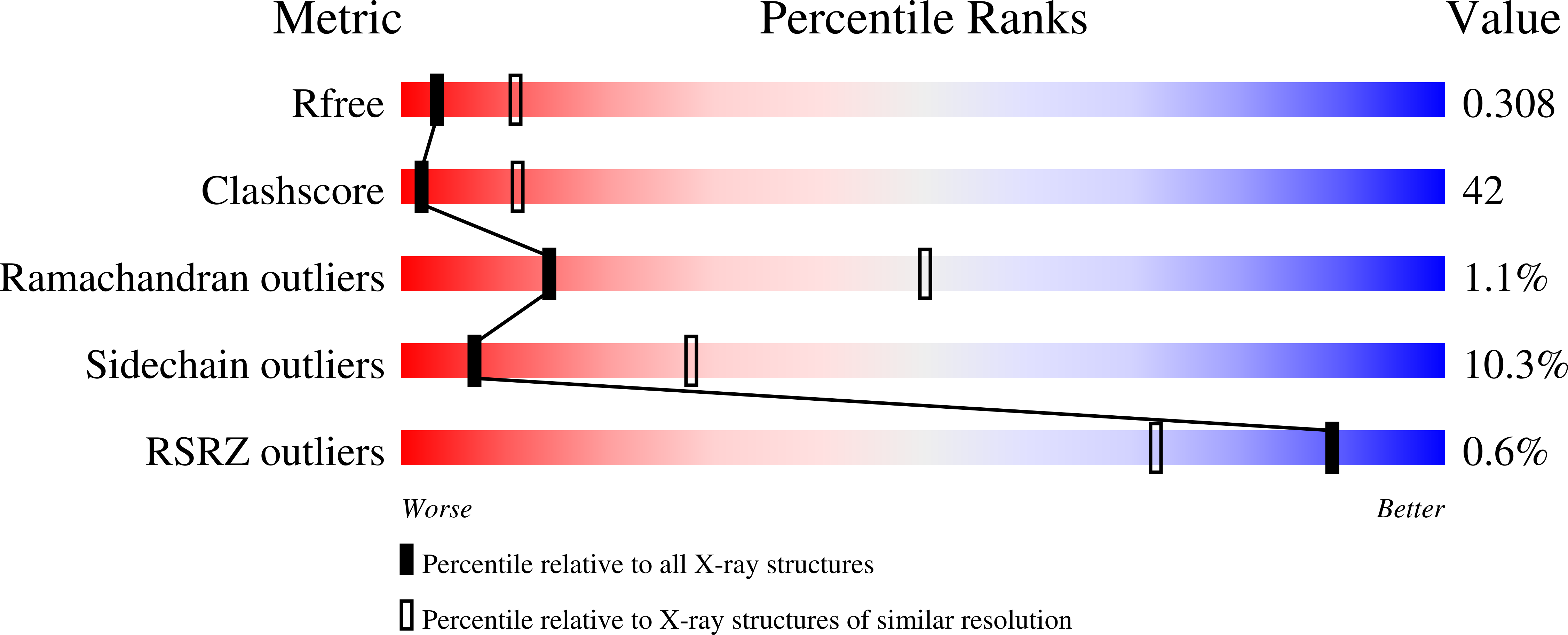
Deposition Date
2009-09-07
Release Date
2010-01-12
Last Version Date
2024-11-20
Entry Detail
PDB ID:
3JQP
Keywords:
Title:
Crystal structure of the H286L mutant of Ferredoxin-NADP+ reductase from Plasmodium falciparum with 2'P-AMP
Biological Source:
Source Organism:
Plasmodium falciparum (Taxon ID: 5833)
Host Organism:
Method Details:
Experimental Method:
Resolution:
3.00 Å
R-Value Free:
0.31
R-Value Work:
0.24
R-Value Observed:
0.24
Space Group:
P 31


